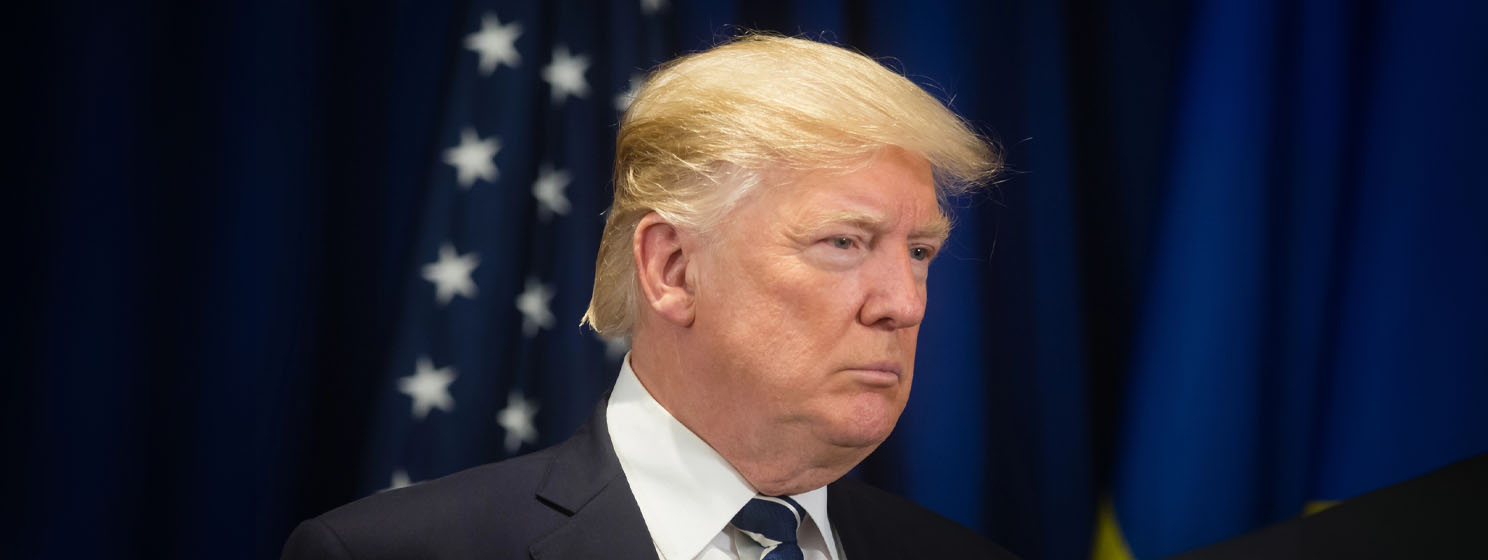|
Getting your Trinity Audio player ready...
|
A stark contradiction lies at the heart of President-elect Donald Trump’s crypto agenda. His dual promises—to impose punishing tariffs on Chinese imports while making America “the crypto capital of the planet”—are about to collide, with far-reaching implications for the digital asset industry.
The cornerstone of Trump’s trade policy, a proposed 60% tariff on Chinese imports, would fundamentally alter the economics of cryptocurrency mining in the United States. The industry’s dependence on Chinese-manufactured ASIC equipment from companies like Bitmain and MicroBT has created a vulnerability that these tariffs would suddenly expose.
The reality is that a 60% tariff would dramatically increase the cost of both establishing and maintaining mining operations in the United States, potentially reshaping the global distribution of Bitcoin’s hash rate.
“The economics of mining are already incredibly tight,” explains Sarah Martinez, chief analyst at Digital Asset Research. By her calculations, a mid-sized mining operation would face $2-3 million in additional startup costs under the proposed tariffs—a premium that could render many planned facilities economically unviable.
Yet this challenge emerges just as BTC crosses $100,000, buoyed partly by Trump’s broader crypto vision. The president-elect has promised to establish a strategic U.S. Bitcoin reserve, and his appointment of Paul Atkins as Securities and Exchange Commission (SEC) chair and David Sacks as AI and cryptocurrency Czar signals a dramatic departure from the Biden administration’s enforcement-heavy approach. The resulting tension between punitive tariffs and regulatory liberalization creates an unprecedented dynamic in the crypto marketplace.
The impact would not fall evenly across the industry. Established mining operations with existing equipment could benefit from reduced competition as equipment costs create formidable barriers to entry. Meanwhile, the promised regulatory clarity could attract institutional capital to other sectors of the crypto ecosystem.
“We’re likely to see a bifurcation in the mining sector,” suggested Michael Chen of BlockView Capital. “Large, well-capitalized operators will absorb the equipment premiums, while smaller players may be forced to explore alternative strategies or exit entirely.”
This disruption could accelerate the domestic manufacturing of mining equipment. Several U.S. companies have begun developing hardware alternatives to Chinese ASICs, though achieving cost competitiveness remains challenging. The tariffs might provide the economic imperative needed to establish a domestic supply chain, albeit at the cost of higher near-term prices.
But the ramifications extend beyond mining operations. Trump’s tariffs would broadly target electronics and electrical machinery, potentially increasing costs across the digital asset infrastructure. Data centers, node operators and other critical service providers would face higher overhead just as regulatory barriers are lowered.
Yet the industry remains largely optimistic.
The appointment of crypto-friendly regulators and the promise of clear federal frameworks could unlock significant institutional capital that has remained on the sidelines due to regulatory uncertainty. Several major Wall Street firms have already indicated plans to expand their crypto operations in anticipation of a more favorable regulatory environment.
“The tariffs are a speed bump, not a roadblock,” argues James Wilson, chief strategy officer at Digital Frontier Bank. “The potential benefits of regulatory clarity and institutional adoption far outweigh the increased equipment costs. We’re seeing unprecedented interest from traditional financial institutions preparing for this shift.”
The international implications are equally significant. While U.S.-based operations would face higher equipment costs, the promise of a stable regulatory environment in the world’s largest economy could still make America an attractive destination for crypto businesses. However, Trump’s threatened tariffs on Canada and Mexico complicate the picture for mining operations positioned near hydroelectric power sources along the northern border.
However, some industry observers see these challenges as potential catalysts for innovation.
“The U.S. crypto industry has typically relied on importing solutions,” noted Dr. Rachel Thompson, director of the Blockchain Policy Institute. “These tariffs, while disruptive, could force the development of new technologies and approaches that ultimately strengthen the domestic industry.”
The coming months will be crucial. Mining operations are reportedly accelerating equipment purchases ahead of potential tariff implementation while others explore alternative strategies such as cloud mining or stake-based validation systems. Meanwhile, traditional financial institutions rapidly develop crypto strategies in anticipation of a more favorable regulatory environment.
Looking ahead, the U.S. crypto industry appears poised for significant transformation.
While Trump’s tariffs may create short term challenges, particularly for miners, the combination of regulatory clarity and institutional support could foster a more mature, domestically-oriented industry.
However, one key question remains: Will the benefits of this new environment over the long term offset the inevitable increased costs of doing business—at least in the short term?
As the industry braces for these changes, one thing is clear: the evolution of cryptocurrency from an import-dependent industry to one with deep domestic roots will be neither smooth nor painless. However, the end result could be a more resilient U.S. crypto sector that is better positioned to compete in the global digital asset marketplace.
Watch: Transitioning to Web3 with AWS & BSV blockchain

 12-25-2025
12-25-2025 




